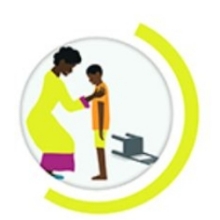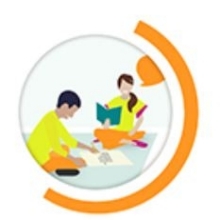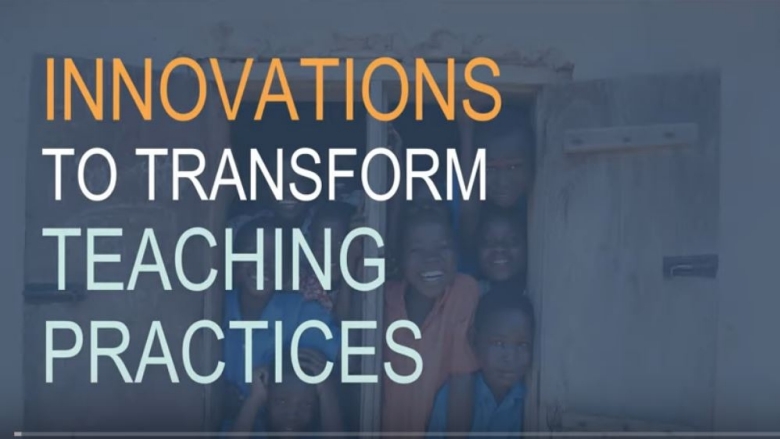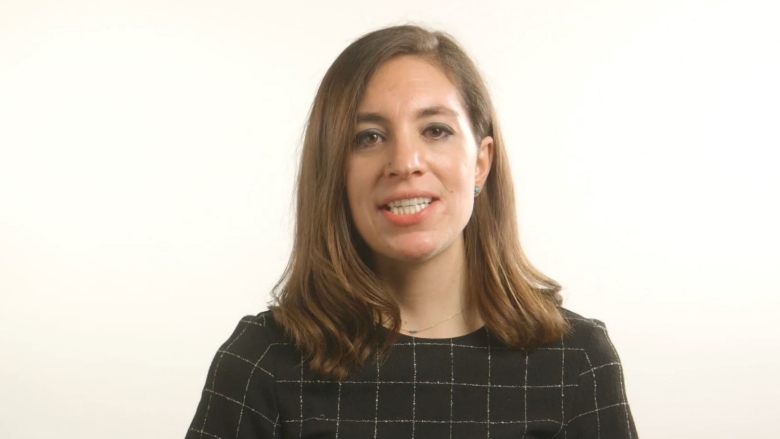
Introductory Video to the Teach suite of tools: English| Arabic | French | Spanish
Tool: English | Arabic | French | Portuguese | Russian | Spanish | Swahili
Observer Manual: English | Arabic| French | Portuguese | Russian | Spanish | Swahili
Brief: English | Arabic | French | Portuguese | Russian | Spanish | Swahili
Learn more about how Teach Primary been deployed in the field: Teach in Action: Three Case Studies of Teach Implementation brochure: English | Spanish
See more: Teach ECE | Teach Secondary (Coming soon!)
Learn more about the broader work of the WBG Teachers’ Team: Podcast (Apple & Spotify) | Newsletter
Contact us: teach@worldbank.org
|
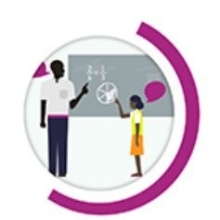 |
|
Meet the Teach Primary Team | Teach Primary Complementary Resources | Teach Primary-Related Research |
About Teach Primary
The Teach Primary classroom observation tool captures teaching practices that support quality learning, nurturing children’s cognitive and socioemotional skills.
- Teach Primary holistically measures what happens in the classroom. It does so by considering time spent on learning as well as the quality of teaching practices. Importantly, the tool captures teaching practices that contribute to students’ cognitive skills as well as their socioemotional skills.
- Teach Primary has a cross-cutting focus on inclusion. The tool provides a common language to encourage teaching that is inclusive and responsive and that facilitates whole-child development.
- Teach Primary is adaptable to different contexts. The tool is designed to be modular, which allows users to create additional elements that are relevant for the local curriculum and standards of effective teaching practices, or to exclude irrelevant elements. Teach also includes the use of local video footage to train observers, which ensures that the tool is contextualized and anchored in the local setting.
- Teach Primary comes with a suite of resources to support its use. These are meant to provide support in every step of the tool’s implementation, including initial conversations with relevant stakeholders, training observers, using the tool to collect data in the field, cleaning and analyzing the data, and producing and sharing results.
- Teach Primary and its complementary resource toolkit is free.
Teach Primary underwent a rigorous development and validation process over a two-year timeframe to ensure that the tool captures teaching practices associated with student learning, and that it met the appropriate psychometric criteria of reliability and validity. After the initial development and validation process, Teach Primary was launched in 2019.
Since then, more than 500 enumerators in over 30 countries have been trained on the tool. More than 92 percent of all enumerators trained have passed the Teach Primary certification exam. Further analyses have shown than less than 6.2 percent of the variation in Teach Primary scores is due to enumerator effects. The tool’s high reliability can be credited to the structured training material, intense and practical training, and use of local videos to train local observers.
What does Teach Primary measure?
Teach Primary captures:
- The time teachers spend on learning and the extent to which students are on task,
- The quality of teaching practices that help develop students’ socioemotional and cognitive skills, and
- Other aspects of the learning environment such as the accessibility of the physical environment, including the classroom set-up and materials available.
The Teach Primary Framework

The Quality of Teaching Practices component is organized into three primary areas: Classroom Culture, Instruction, and Socioemotional Skills. These areas have nine corresponding elements that point to twenty-eight behaviors. The behaviors are characterized as low, medium, or high, based on the evidence collected during the observation. These behavior scores are translated into a 5-point scale that quantifies teaching practices as captured in a series of two, 15-minute lesson observations.
- Classroom Culture: The teacher creates a culture that is conducive to learning. The focus here is not on the teacher’s correction of students’ negative behaviors but rather the extent to which the teacher creates a supportive learning environment and sets positive behavioral expectations.
- Instruction: The teacher instructs in a way that deepens students' understanding and encourages critical thought and analysis. The focus here is not on content-specific methods of instruction, but rather, the extent to which the teacher facilitates the lesson, checks for understanding, provides feedback, and encourages students to think critically.
- Socioemotional Skills: The teacher fosters socioemotional skills that encourage students to succeed both inside and outside the classroom. To develop students’ social and emotional skills, the teacher instills autonomy, promotes perseverance, and fosters social and collaborative skills.
- Across Quality of Teaching Practices component, Teach Primary captures inclusive teaching practices that are responsive and that facilitate whole-child development.
Finally, Teach Primary is accompanied by a checklist to assess additional aspects related to educational quality, including the accessibility of the physical environment, which can be used together with classroom observation tool.
How can Teach Primary be used?
Teach Primary can fulfill different purposes depending on the country context and project goals. First, the tool can be used as a system diagnostic, which allows governments to get a clear snapshot of the current state of teaching practices and teaching quality in classrooms. In this capacity, Teach Primary can be leveraged as a monitoring and evaluation (M&E) tool to assess the results of a specific education policy or program that targets teacher practices, such as the deployment of a new curriculum or a new instructional model. The tool can also be integrated within a teacher professional development system to help identify individual teachers’ strengths and weaknesses and to provide targeted support to teachers.
Teach Primary can be implemented by any user hoping to capture the quality of teaching practices in a specific context. Although the tool is open access, there are several protocols the team recommends stakeholders follow to ensure those chosen to conduct classroom observations do so reliably. In addition to recommendations regarding reliability, the Teach team provides guidelines for sourcing local videos for the training, training local implementors and observers on the tool, collecting high-quality data, and analyzing findings.
This blog describes how to implement Teach Primary in your setting and how Teach can be used to support teachers and improve their teaching practices and provides a roadmap to the Complementary Resources.
Additional Blogs
- Helping Every Teacher Be Their Best [Español] [French]
- Successful Teachers, Successful Students: A New Approach Paper on Teachers
- The School Leadership Crisis Part 1: Making Principals Work for Schools
- The School Leadership Crisis Part 2: From Administrators to Instructional Leaders
- What The Wire can teach us about psychometrics
- Teach: Tackling the learning crisis, one classroom at a time [Español] [French] [Portuguese] [Arabic]
- Teach … The change is just beginning [Español] [French] [Arabic]
- The learning crisis in Afghanistan
Teach Primary 1st (2019) and 2nd (2021) Edition
In 2020 and 2021, Teach Primary underwent a revision process to strengthen the way the tool measured inclusive teaching practices. Inclusive teaching practices are defined as those that create increased opportunities for all children to access learning. The vision for inclusion in Teach is grounded in the Universal Design for Learning (UDL) framework and considers additional dimensions of inclusion including the physical environment. The Second Edition of Teach Primary (2021) reflects some important adjustments from the original version released in 2019.
The Teach Primary tool, Observer Manual, and Brief shared at the top of this page present the 2nd Edition of the tool. For more guidance on the differences between the two editions of the tool, please consult this resource. For reference, please find the Teach Primary 1st Edition tool and complementary materials here.
